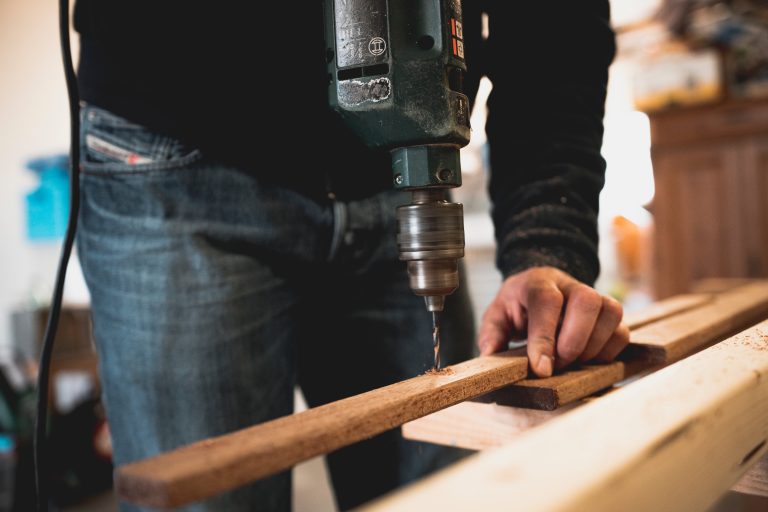When you’re a stay-at-home parent, your world revolves around everything from school drop-offs to nap schedules, but that doesn’t mean your professional life has to be on hold. The flexibility of being at home can offer the perfect launchpad for a small business—without having to manage inventory, ship products, or deal with returns. If you’re resourceful, patient, and willing to work with the time you’ve got, you can take your small business ideas and build something sustainable—maybe even life-changing.
1. Pet Sitting and Dog Walking for the Animal-Inclined
If you’ve already got a pet-friendly home—or a soft spot for animals—you’re halfway there. Pet sitting and dog walking can be structured around your daily routine and do not require a hefty upfront investment. It’s a business that thrives on trust and word-of-mouth, so start with neighbors or friends who need help and build your reputation from there. You’ll want to get insured, keep detailed records, and consider joining platforms like Rover or Wag for visibility and bookings.
2. Tutoring That Goes Beyond the Classroom
You don’t need a doctorate to teach what you already know well. Whether it’s algebra, essay writing, or SAT prep, offering tutoring services is a rock-solid business idea, especially with so many students still relying on online learning options. You can become a certified tutor and set your hours, work with students locally or through video calls, and charge rates that reflect your experience. Get started by brushing up your skills, deciding on your target subjects, and creating a simple site or social media page to spread the word. Sites like Wyzant or Thumbtack can also help you connect with clients when you’re first starting.
3. Choosing the Right Business Structure from Day One
Before you dive into running your home-based business, deciding on a business structure is a key move that affects everything from taxes to personal liability. Many stay-at-home entrepreneurs lean toward forming an LLC because it offers limited liability protection—meaning your personal assets stay separate if something goes wrong—along with potential tax advantages and less paperwork than a full corporation. You don’t need to spend thousands on legal help either; plenty of parents handle the filing themselves or use a trusted formation service like ZenBusiness to simplify the process.
4. Offering Private Music Lessons
Teaching workshops or giving private music lessons lets you turn a passion into profit—whether that’s piano, painting, or speaking French. You don’t have to be world-class; just skilled enough to help beginners or intermediates improve. These lessons can happen in your home, via Zoom, or even in local community centers, giving you total flexibility over your schedule. Advertise on local Facebook groups, put up flyers at nearby schools or coffee shops, and don’t underestimate how far a personal recommendation can take you.
5. Becoming a Virtual Assistant
Behind every thriving entrepreneur is a to-do list they’d rather outsource. That’s where you come in as a virtual assistant, managing tasks like emails, scheduling, data entry, and social media for clients who’d rather not handle it themselves. It’s a business you can launch with just a computer and solid organization skills, and it scales well as your availability grows. Begin by offering services on freelance job boards like Upwork or Freelancer, and as you gain experience, consider specializing in a niche like real estate or wellness coaching to command higher rates.
6. Writing or Editing for the Word Savvy
If your skill with words outpaces your toddler’s growing vocabulary, freelance writing or editing might be your lane. From blog posts to resumes to web content, there’s a consistent demand for people who can write clearly and concisely. Building a portfolio might take a few gigs that don’t pay much, but once you have samples, you can pitch publications or partner with marketing agencies that always need copywriters. You’ll want a good laptop, a quiet space to work, and maybe some coffee—but the barrier to entry is low and the potential is wide open.
7. Providing Childcare for Other Families
Why not turn your parenting lifestyle into a business model? If you’re already home with your kids, offering part-time childcare or hosting a small daycare setup could be a natural next step. You’ll need to check with local regulations and licensing requirements, but it can be a rewarding way to generate income while still keeping your children close. Set boundaries, define your hours, and be upfront about your approach so that families know what they’re signing up for—and you stay sane.
Starting a business from home doesn’t have to mean risking it all or going all-in on e-commerce. For stay-at-home parents, the most viable ventures are often the ones that blend seamlessly with the rhythms of daily life—services that tap into your strengths, passions, and local community. Whether you’re helping a student ace math, walking the neighbor’s dog, or guiding someone through a life change, you’re creating value on your own terms.
Article Contribution by Joyce Wilson
Joyce Wilson is a retired teacher with decades of experience. Today, she is a mentor to teachers in her local public school system. She and a fellow retired teacher created teacherspark.org to share creative ideas and practical resources for the classroom.
Work with me personally! Are you looking to gain more clarity, balance, peace, joy, and happiness in your life, all while effectively and efficiently handling your current day-to-day state of affairs? Click for more information on my coaching sessions. Please click here if you’d like to reach out to me for general inquiries, media appearances, and/or speaking engagements.
Discover expert insights and resources for parents and educators with Douglas Haddad, here to support your journey in raising well-rounded children.









